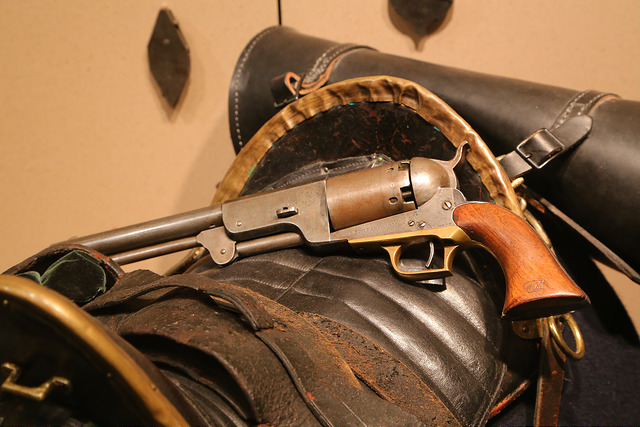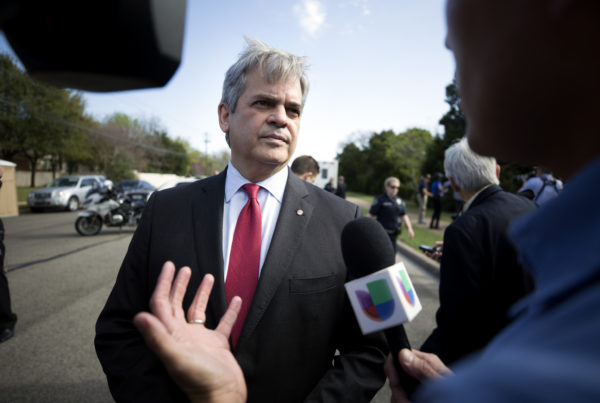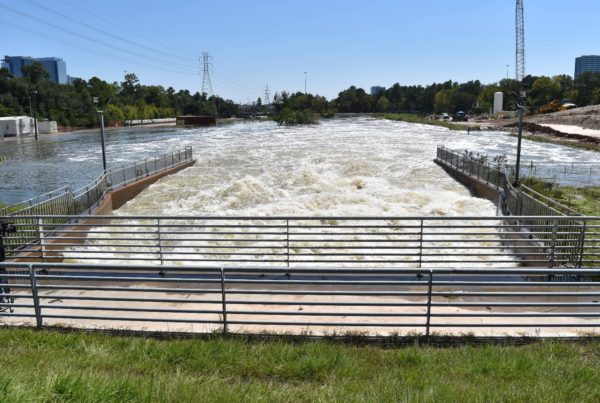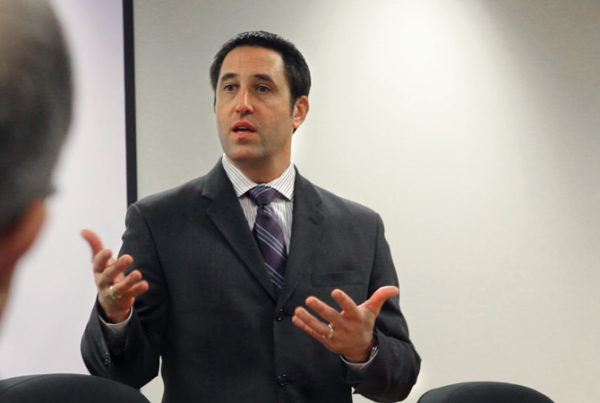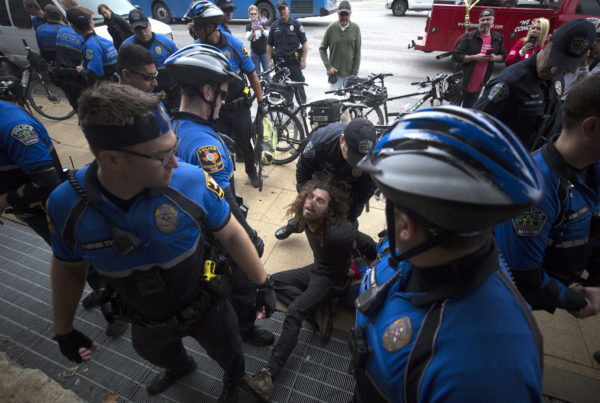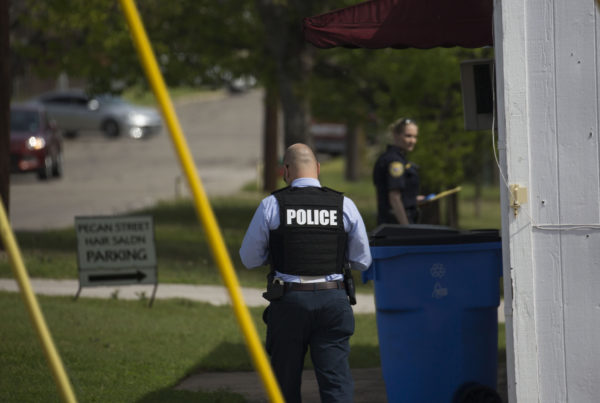One of the most fascinating Texas Rangers of all time was Samuel Hamilton Walker — no relation, we should say right off the bat, to Chuck Norris’ fictional character Cordell Walker. Many Ranger aficionados rate Sam Walker the second-most-important Texas Ranger of all time, behind Jack Coffee Hays, with whom Walker rangered. Now that’s a dream team.
Samuel Walker arrived in Texas six years after Texas had won its independence. In five more years, in 1847, he would be dead. But in those five years he would defend San Antonio from Mexican forces, invade Mexico four times, escape from a Mexican prison and help design one of the most famous guns in history, the Colt Walker six-shooter.
Walker’s first foray into Mexico was part of the ill-fated Mier expedition, which was for the purpose of punishing Mexico for its illegal incursions into San Antonio. Walker was not yet a Texas Ranger. He was with a group of men who believed they would repay Mexico for their illegal incursions into Texas. His group was attacked by a much larger army of Mexican troops who engaged them in defense of the Mier. 180 Texans were taken as prisoners.
Santa Anna ordered them all shot, but cooler heads in the Mexican government prevailed and a decimation instead: one in 10 would die. The Texans were ordered to draw a bean from a pot. Among the 159 white beans were 17 black ones. Those who got a black bean would be executed on the spot; those who drew white beans would live. Sam Walker got a white bean.
The prisoners were marched 800 miles across Mexico’s brutal deserts. Walker mentioned in his journal of the Mier Expedition that he would not trade Texas for 100 Mexicos. He was however, impressed with the fine architecture he encountered in the churches of San Miguel de Allende, which remains true for the many expatriate Texans who live there today.
Once in the capital, some of the prisoners, including Walker, was imprisoned at Tacubaya, suburb of Mexico City, and some were marched another 100 miles and incarcerated in the infamous Perote Prison.
Walker’s group was forced to do road work, including building a road from Mexico City to Santa Anna´s summer villa, which further enraged Walker. This amounted to a lot of salt in a deep wound, and he nurtured his loathing for Santa Anna — indeed, for all Mexicans — all his life, so much so that his friends called him “mad Walker.”
There is a much-shared myth about Walker’s time imprisoned in Mexico. The story goes that he was ordered to dig a hole for a flagpole and raise the Mexican flag. According to one version of the legend, he put a dime at the bottom of the hole and vowed to return one day, reclaim the dime, and raise the Texas flag. Several years later, the story goes, he retrieved his dime when he returned with American forces to occupy Mexico City. It’s a good story, but probably not true. Walker never mentioned it in his journals. Also, the flagpole in the various versions of the myth is always in Perote Prison, in the state of Vera Cruz, and Walker was never incarcerated there. He was, however, part of Winfield Scott’s invasion force that sacked the prison in 1847, and that may well be where the legend has its origins.
Walker eventually escaped from the Tacubaya prison — a story that would make a good novel in itself — and made it back to Texas. He joined up with Jack Hays and the Texas Rangers in 1844 and fought in many of the most famous Indian battles.
When General Zachary Taylor sent out a call in 1845 for volunteers to scout for his federal troops, Walker immediately signed up. He ran messages through the Mexican lines to keep Fort Texas (soon to be Fort Brown) aware of Taylor´s plans for invading Mexico. Walker led the charge in the battle for Monterrey.
It was after Taylor’s forces had secured Monterrey, in 1846, that Walker took a brief furlough and traveled back east. There he gave Samuel Colt some ideas for improving Colt’s earlier model of his revolver called the Paterson pistol. Colt, in gratitude, named a special, very heavy model of his new six-shooter after Walker.
Walker next joined up with General Winfield Scott’s campaign to pacify Mexico City. Though he was officially made a U.S. soldier, everybody still thought of him as a Texas Ranger and called him Ranger Walker. Scott’s army invaded Mexico at Vera Cruz and advanced from there toward Mexico City. On the way, they sacked Perot Prison, released the prisoners and turned it into a fort for the American forces.
But Walker would not live to make it back to Texas. He was to die a few months later, fighting the army of his old nemesis, Santa Anna, at the town of Huamantla, where Santa Anna had positioned his forces to stop the U.S. troops’ march to rescue the American garrison under siege at Puebla. Walker led his company, which was ahead of the main U.S. force, into battle there. His men fought fiercely until the main force arrived to defeat Santa Anna, but Walker didn´t get to enjoy the victory. He lay dead; his prized Colt Walkers at his side. He was 32. In retaliation, his men went on a wild rampage, sacking, looting and pillaging the town.
Walker’s body was returned to San Antonio; eventually it was interred in the Odd Fellows Cemetery next to the unidentified remains of the defenders of the Alamo.
It’s said that Walker was not a man you would much notice in everyday life. He was of average size, and quiet. But in battle he was a lion. In his Notes of the Mexican War 1846-1848, J. Jacob Oswandel observed of Walker that ‘’war was his element, the bivouac his delight, and the battlefield his playground.”
Walker lived more in his short life than your average ten men live in their long lives combined. He is the Walker, Texas Ranger, that should be most remembered.


